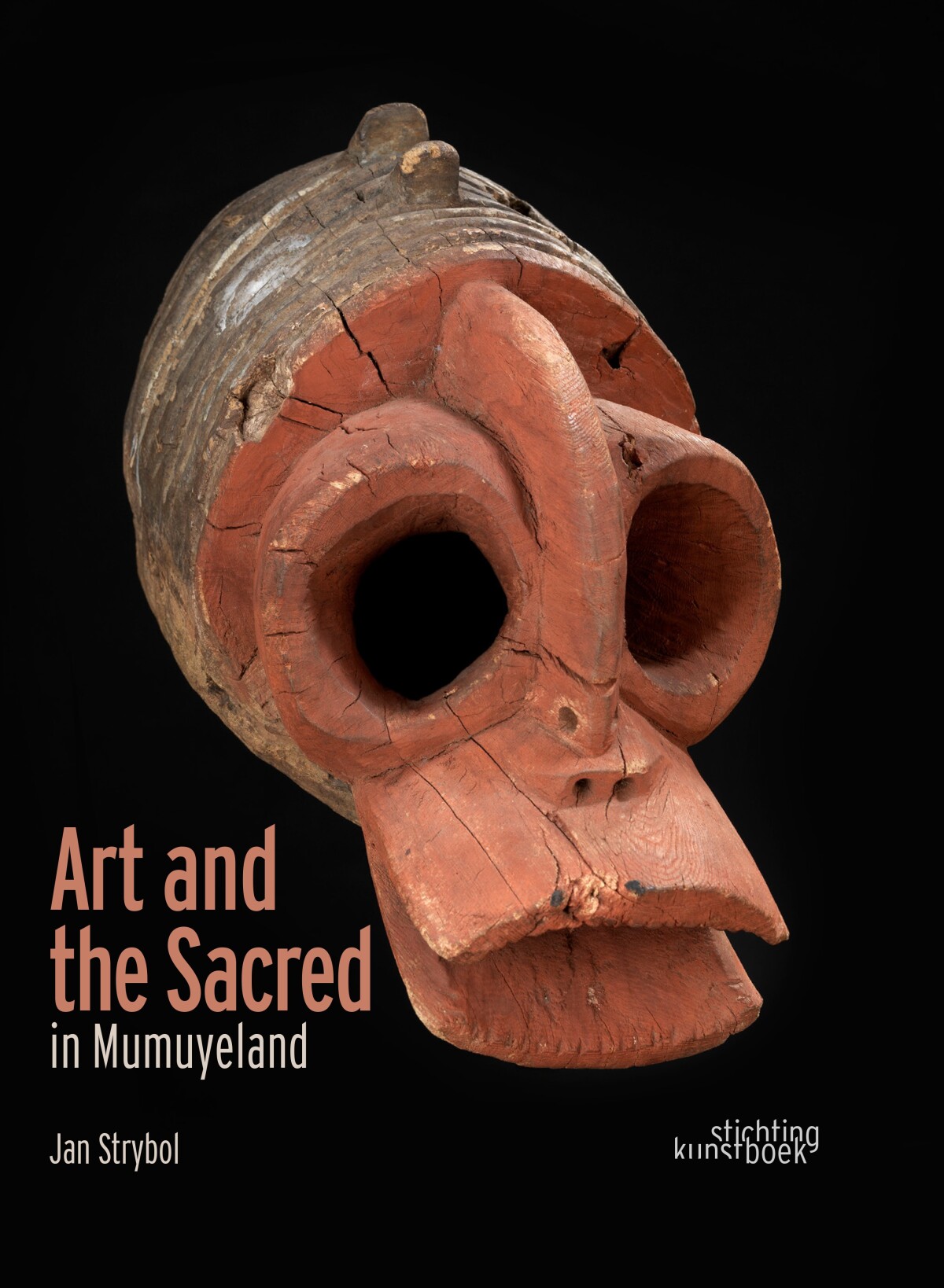Art and the Sacred in Mumuyeland - Jan Strybol. Photography: Dominique Provost,

KORTE INHOUD
Despite some field research our knowledge of the sacred among the Mumuye is still embryonic. In all these acephalic groups of a binary and antinomic nature, the complex va constitutes an extremely varied semantic field in which certain aspects are accentuated depending on the circumstances. Religious power is linked to the strength contained in sacred objects, of which only the elders are the guardians. Moreover, this gerontocracy relies on a system of initiatory stages which one must pass to have access to the status of 'religious leader'. Geographically isolated, the Mumuye were able to resist the attacks of the Muslim invaders, the British colonial authority and the activities of the different Christian missions for a long time. As a result the Mumuye practised woodcarving until the beginning of our century.
In 1970 Philip Fry published his essay on the statuary of the Mumuye of which the analysis of the endogenous network has so far lost nothing of its value. Basing himself on in situ observations, Jan St...
In 1970 Philip Fry published his essay on the statuary of the Mumuye of which the analysis of the endogenous network has so far lost nothing of its value. Basing himself on in situ observations, Jan St...
Categorie
Details
1970Uitgever: Stichting Kunstboek144 paginasTaal: EngelsISBN-10: 9058566005ISBN-13: 9789058566003Koop dit boek tweedehands
bij volgende verkopers

1 foto's
Despite some field research our knowledge of the sacred among the Mumuye is still embryonic. In all these acephalic groups of a binary and antinomic nature, the complex va constitutes an extremely varied semantic field in which certain aspects are accentuated depending on the circumstances. Religious power is linked to the strength contained in sacred objects, of which only the elders are the guardians. Moreover, this gerontocracy relies on a system of initiatory stages which one must pass to have access to...

